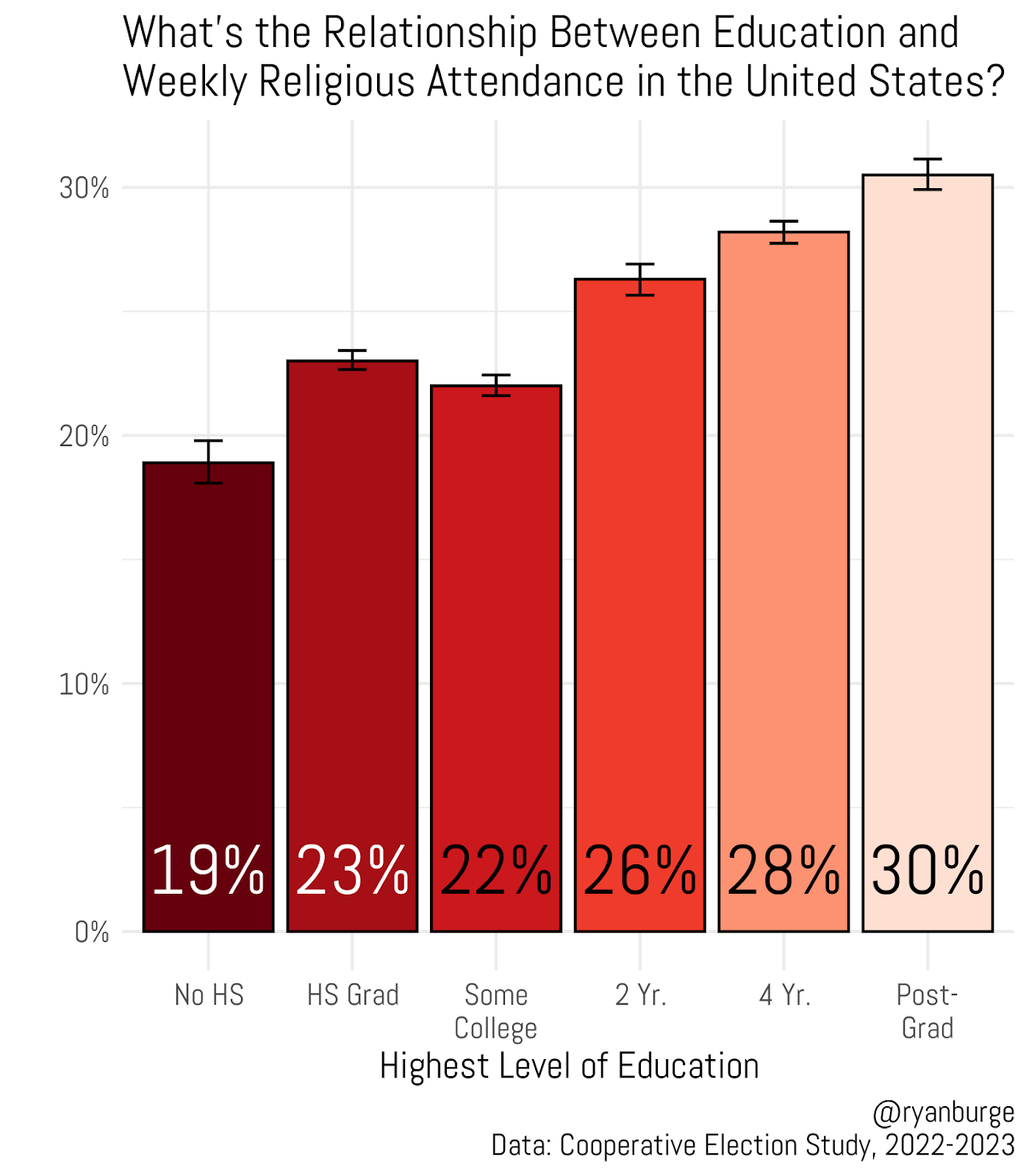- Many posts have discussed economic and educational inequality. The effects of inequality reach many corners of American life.
Emily Peck at Axios:
The share of Americans who say college is "very important" plummeted over the past decade, new Gallup polling finds.
Why it matters: College may not live up to the American Dream that it promised in the past, and there are other pathways for success becoming more appealing for Gen Z, but in terms of lifetime earnings, a college degree is actually still incredibly important.
The big picture: There are plenty of reasons for the decline in perceived value among Americans.School is expensive, student loan debt is often onerous and job security for those with degrees has diminished— even more so with the advent of AI. Plus, at the moment new graduates are seeing higher unemployment rates.There's also growing interest and appeal for young adults in the skilled trades — becoming plumbers, electricians, etc. — especially as AI appears to threaten white collar work.
Between the lines: There's also been loud criticism, particularly from conservatives, over the political leanings of universities, criticized as "elitist" "woke" "leftist," etc.Yet both Democrats and Republicans express far less support for higher education than they did more than a decade ago.
By the numbers: In 2013, 68% of Republicans said a college education was very important; this year that number fell to 20%, per Gallup.There's an even split between Republicans who say it's "not too important" (39%) and those who say it's "fairly important" (39%).Democrats went from 83% who said college was "very important" to 42%. Most, however, describe college as "fairly important."
Where it stands: College grads earn more than twice what high-school graduates make.The median income in a household headed by someone with at least a bachelor's degree was $132,700 last year — that's more than double the $58,410 median income of a household led by a high-school grad, according to Census income data released last week.
And earnings for college-led households have pulled away from the pack — rising more than 6% over the past two decades, compared with a 3% increase for high school graduates.




